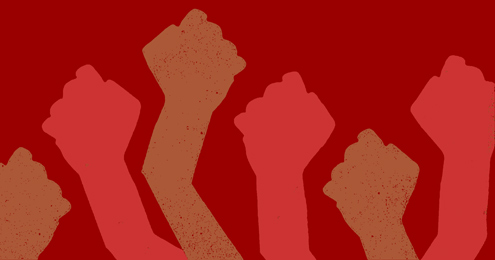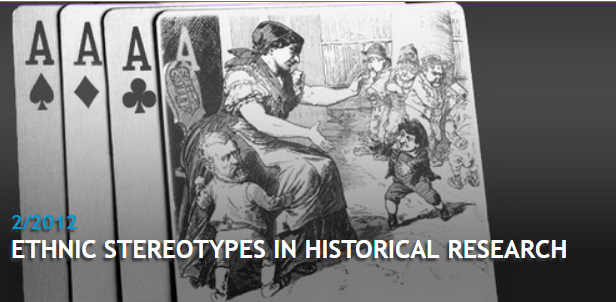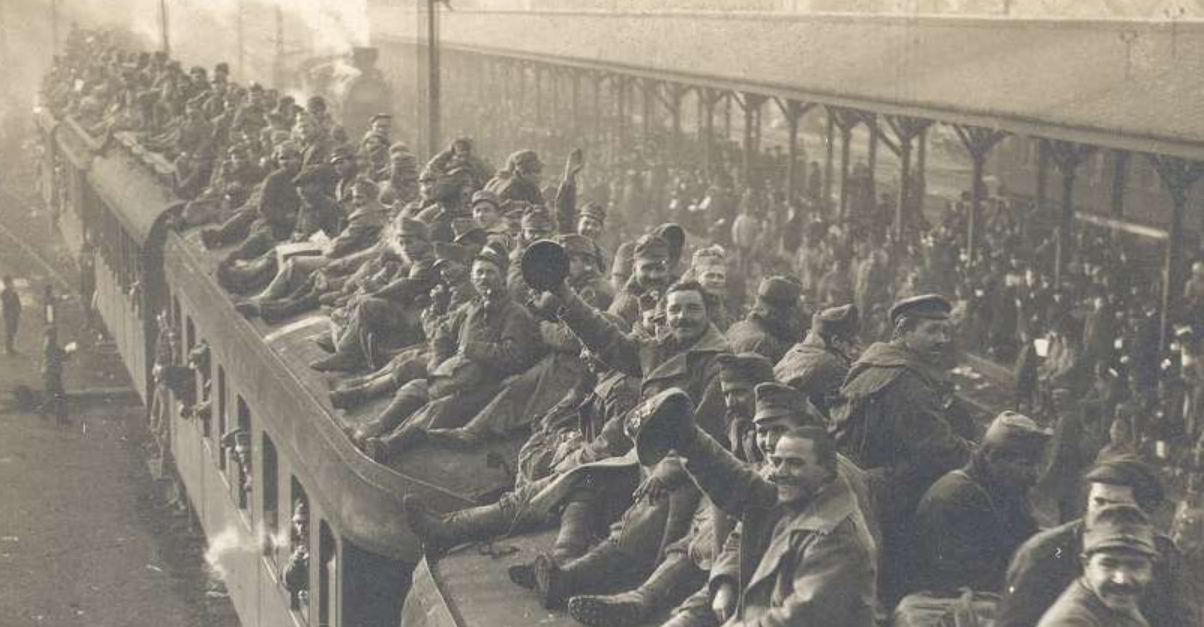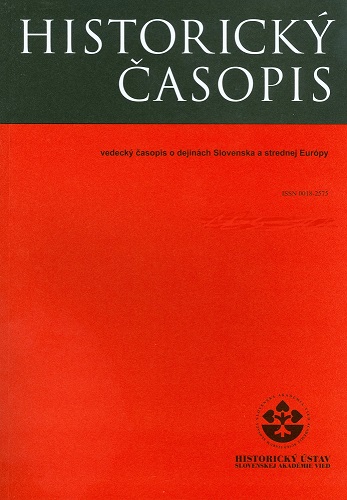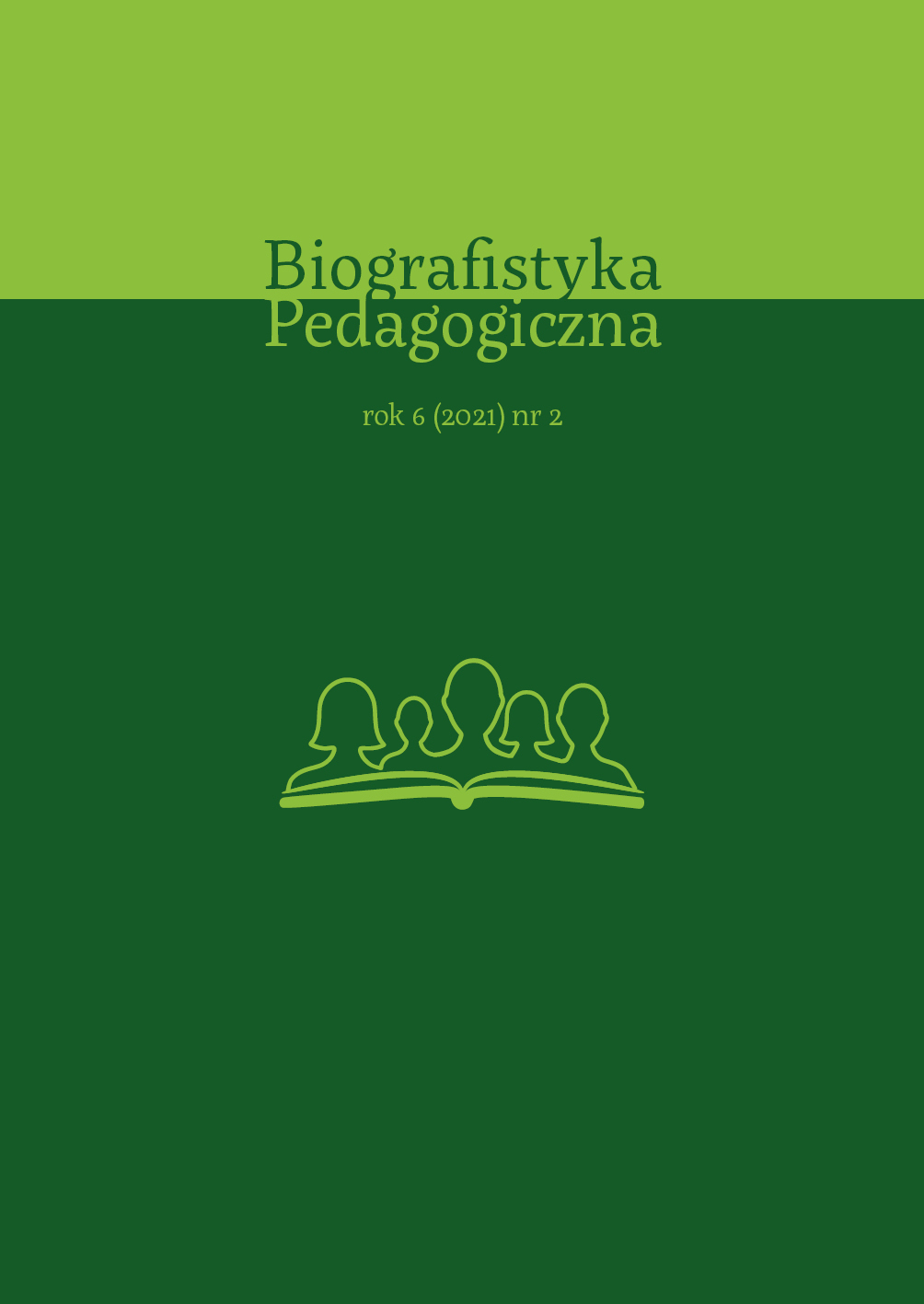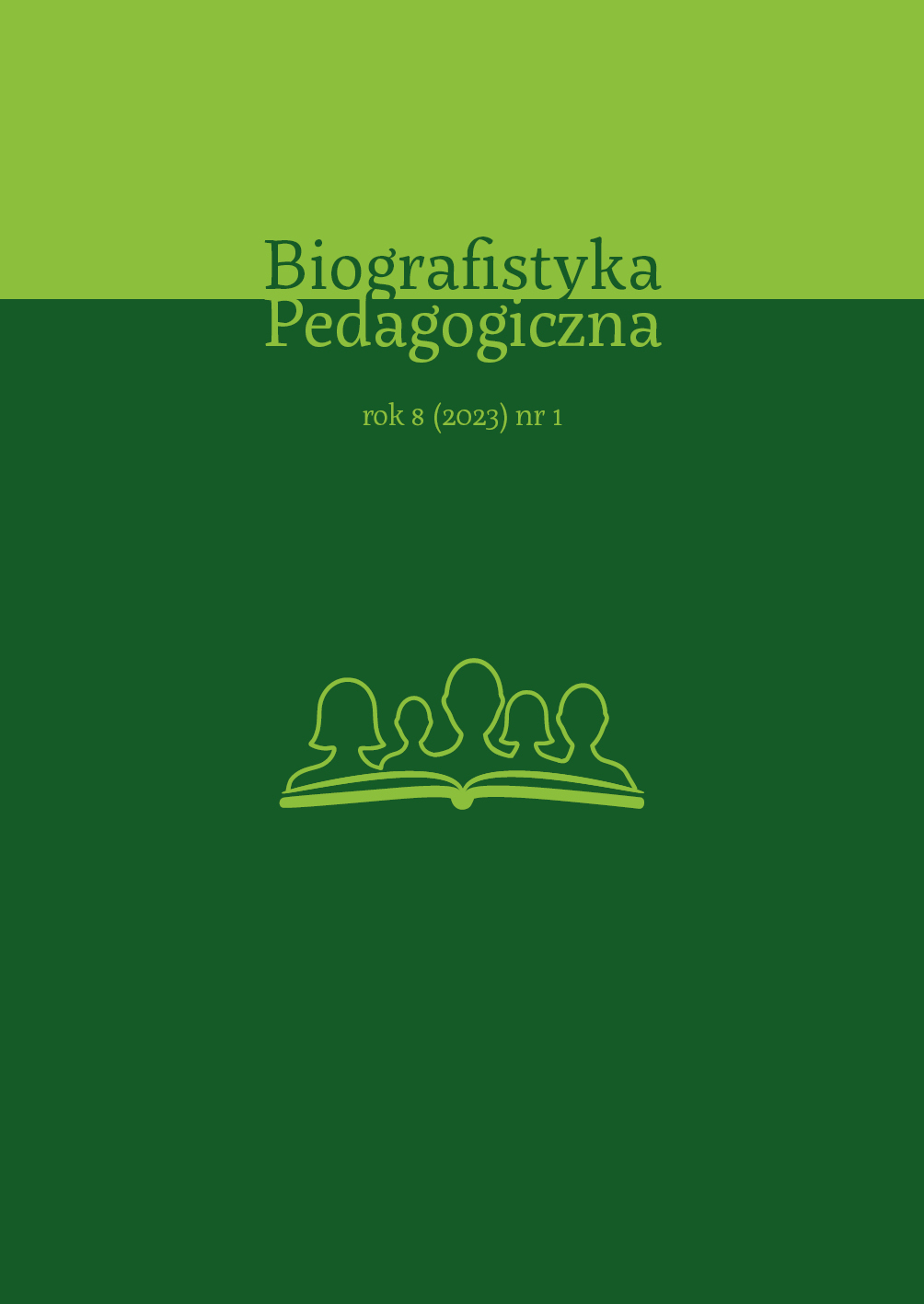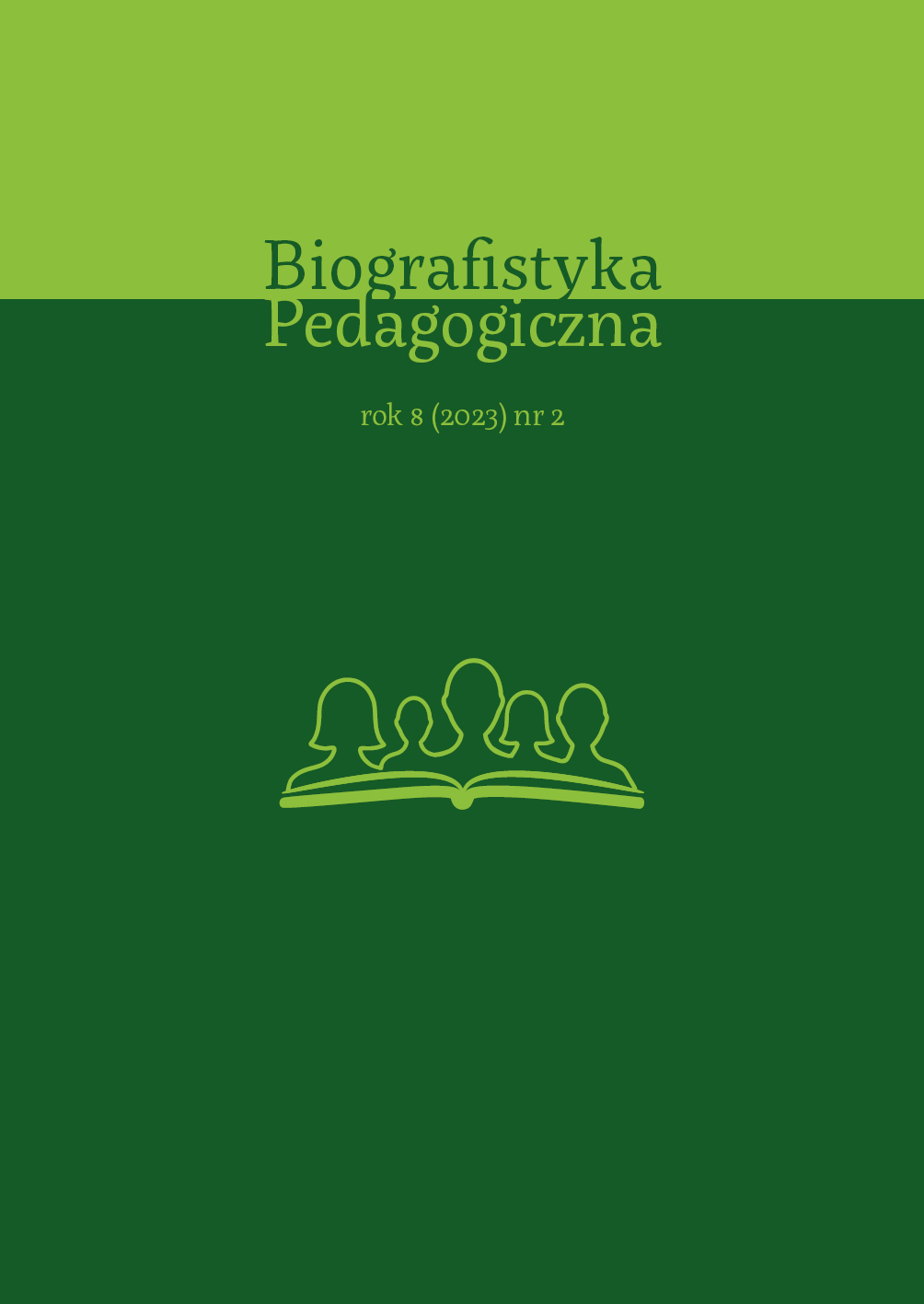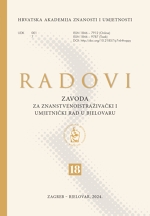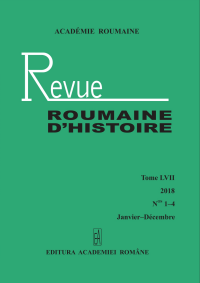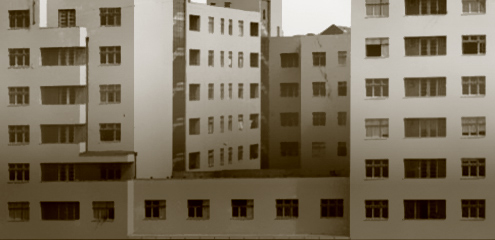
Kvalitatívne premeny bývania v Košiciach v období moderny a funkcionalizmu
In its introduction, the study highlights the renewed interest about Modern and Functionalism movement in the 1980s. This renewed interest was bolstered by the fact that Modern and Functionalism movement buildings began to be listed in the Central Register of Protected Buildings Fund, as well as the Documentation and Conservation of Buildings, Sites and Neighborhoods of the Modern Movement (DOCOMOMO), an international organization founded in 1990. It was the demolition of Kosice's old city walls in 19th century that enabled city planners to link the old town center with what was then considered the suburbs, which led to the creation of entire new streets and areas. Modern movement and Functionalism was an architectural expression of the demand for higher standards of housing in the interwar period Czechoslovak republic (1918 – 1939).In the latter parts of the study, the author analyses specific cases, such as House No.3 Rooseveltova Street, No.8 Krmanova Street, Nos.11, 13 and 15 Štúrova Street, No.6 Mojmírova Street, and No.11 on Hlavná Street, to demonstrate the changes in planning solutions as well as the building materials used. All of the selected buildings are blocks of rented flats for the middle- and upper-middle classes situated in the City Council's Protected Buildings Area. They all share the same architectural solutions. The bedrooms face the street, while the ‘core' section of the flat (i.e. the kitchen, toilet and bathroom) faces the courtyard. The flats contain separate rooms with toilets for servants. Within the block itself, there is also a laundry room, a boiler room (the flats were already equipped with central heating), a flat for maintenance personnel on the ground floor, and laundry drying facilities in the attic. The aforementioned examples, as recorded in architectural plans, show that Modern movement and Functionalism architecture in Košice clearly followed the upcoming European trends in that its emphasis was on hygiene and humanization of accommodation. At the same time, the fact that Košice's Modern movement and Functionalism buildings were typically built on irregular parcels of land and were often forced to adopt older construction designs, made them unique within the European Modern movement and Functionalism. In conclusion, Modern movement and Functionalism, to this day, represents the highest standard of housing in central Košice.
More...
